Finance
CurrencyIn its attempt to hold back the hryvnia rate the NBU went from threats to persuasion
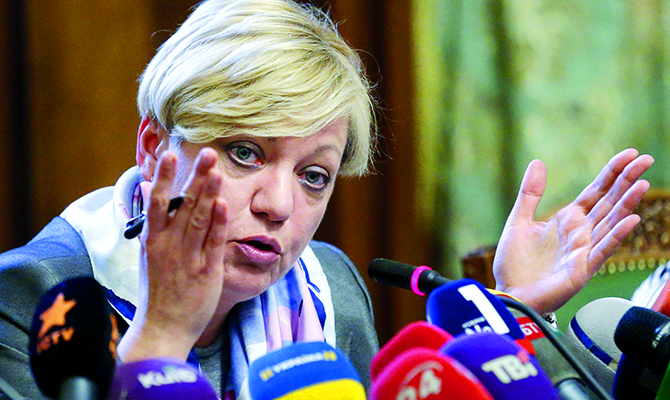
The National Bank of Ukraine rejected the idea of introducing a number of administrative measures restraining currency demand. Instead, yesterday NBU Governor Valeriya Hontareva tried to agree with the managers of the 40 most powerful banks of Ukraine to maintain the exchange rate at the current level of UAH 15-16/USD. The NBU is also hoping to reach an agreement with exporters and in exchange for administrative privileges to increase the volume of supply of currency.
By setting the ceiling of UAH 15-16 to the U.S. dollar, the NBU de-facto showed that it cannot prevent the steady decline of the national currency starting from the hard currency auctions of the new format on November 5. Yesterday, the official exchange rate of the hrynvnia collapsed from UAH 12.95/USD fixed on October 10 to UAH 14.80/USD. When the inter-bank exchange floor was closed the dollar was being purchased at the rate of UAH 15.40/USD and sold at UAH 15.90/USD, according to data of the Ukrdealing company, although last Tuesday these figures were UAH 12.96/USD and UAH 13.46/USD respectively. Meanwhile, according to Hontareva, the exchange rate should be UAH 12.5-13/USD.
Without the handbrake
Just before this weekend, Hontareva confirmed that the NBU would use administrative levers to curb the demand for hard currency and thus weaken the devaluation pressure on the hryvnia. “We are seeking a new equilibrium of the exchange rate. If we understand the strategy that we have developed does not work, we will again have to introduce stricter administrative measures,” the NBU governor said on the air of the 1+1 TV Channel.
Among the proposed measures were the tightening of the volume of cash transactions and eliminating legislative grounds for premature withdrawal of term deposits. In the first case, the corresponding bill has already been submitted to the parliament. The NBU planned to submit the second one when the new Verkhovna Rada becomes legitimate. However, banks did not support the application of a manual regime to stabilize the exchange rate. They are hoping that they will be able to find a new equilibrium of the exchange rate without the administrative influence of the NBU.
At the same time, the NBU could not promise banks that hard currency interventions will be renewed on the inter-bank exchange market, which would partially satisfy the deferred demand of importers and average citizens. One of the reasons for this is the limitation of the financial wherewithal of the NBU. As a reminder, in October the international reserves of the NBU fell by a quarter to US $12.6 bn.
Hoping for big money
For the time being, commercial banks and the NBU agreed to maintain the exchange rate of the hryvnia at UAH 15-16/USD to prevent it from surpassing the level set on Monday. Theoretically, this is possible. As Chief Financial Analyst at Expert-Rating Vitaliy Shapran noted, at the moment the collapse of the hryvnia is due to the satisfaction of deferred demand, which he estimates at US $1 bn. If this demand is satisfied, the fluctuation in the exchange rate should settle down. However, given the current volume of the market it will take no less than a week to satisfy such demand – over the past several months the daily volume of trading on the inter-bank exchange has been US $200-300 mn.
Clearly, the NBU is hoping that the volume and supply of hard currency will appear when equilibrium of the exchange rate is established. Given this, the NBU is reviewing alternatives on how to lure exporters back to the market. As one banker who attended the meeting told Capital, the central bank discussed the possibility of reducing the level of compulsory sale of hard currency proceeds for exporters by 50%. As a reminder, this level was set at 100% as of August 21. In exchange for this privilege exporters will be offered a reduction in the term of return of proceeds from 90 days to 60 days, which means the proceeds of hard currency to the inter-bank exchange should become more regular and stable.
Be that as it may, Shapran noted that so far an increase in the volumes has not been observed, despite that the record-high exchange rate should be sufficient motivation for bringing exporters back to the inter-bank exchange. On Monday the number of deals in dollars and other hard currencies on the inter-bank exchange was at US $242 mn, according to data of the NBU. “One can expect that the exchange rate will stabilize only when the volume of deals on the market grows to US $400-500 mn per day,” says Shapran.


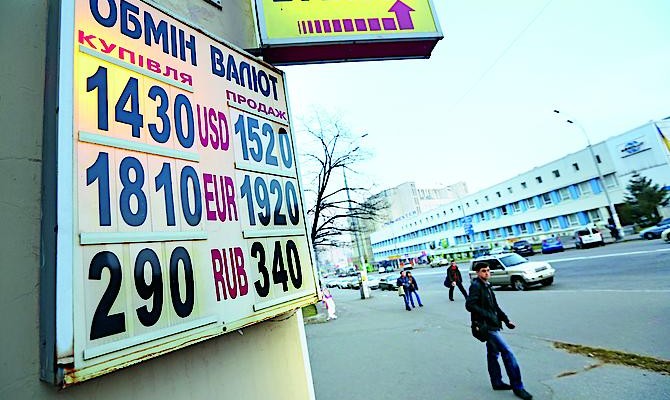
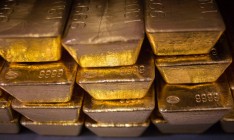
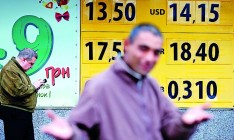
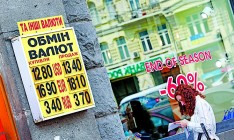

 of the agreement of syndication with Financial Times Limited are strictly prohibited. Use of materials which refers to France-Presse, Reuters, Interfax-Ukraine, Ukrainian News, UNIAN agencies is strictly prohibited. Materials marked
of the agreement of syndication with Financial Times Limited are strictly prohibited. Use of materials which refers to France-Presse, Reuters, Interfax-Ukraine, Ukrainian News, UNIAN agencies is strictly prohibited. Materials marked  are published as advertisements.
are published as advertisements.